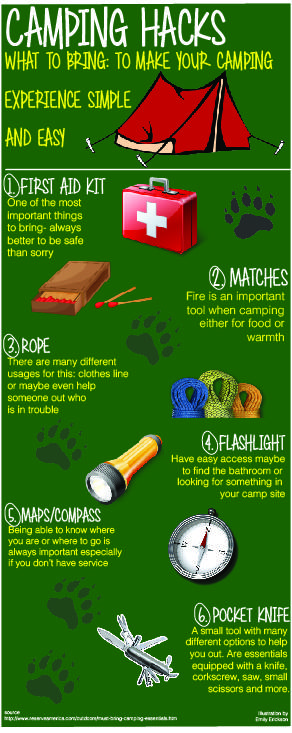How To Improve Selling Potential Of Online Camping Tents
How To Improve Selling Potential Of Online Camping Tents
Blog Article
The Background of Bell Tents
The cone-shaped form of a bell outdoor tents makes it among one of the most effective sanctuary layouts in background. Recognized by lots of names, consisting of the Tipi, Buddy, Goahti, Lavvu, or Nentsi, these single-pole cotton canvas outdoors tents were made with practicality in mind.
How do you keep moisture out of a tent?
Their simplicity and ease of assembly made them perfect for societies on the move. This exact same performance caught the eye of recreational campers, who soon incorporated brief wall surfaces to create a traditional camping tent layout that we now called the Bell Tent.
Origins
Bell tents are an attempted and tested type of immediate accommodation. Their roomy insides and sensible layout-- they are strong, very easy to set up and can hold up against solid winds due to their renowned bell shape-- have made them a prominent selection for outdoor camping and glamping.
The modern bell tent traces its roots back to a 19th century military tent developed by Henry Sibley. He adapted the design of the American Indian tipi to create his special outdoor tents which was then taken on by the military for usage in army camps and expeditions.
The concepts of this tent-- sturdy and difficult canvas giving a home-away-from-home for tourists-- have actually been fine-tuned over time to suit the requirements of modern campers. For instance, modern glamping camping tents supply services such as carpets and beds to improve the convenience of campers. These features also assist to maintain the honesty of the original design and secure against the elements.
Military Usage
In the 19th century, bell camping tents were first used as army field shelters. They were a preferred selection because they were durable, sizable, and very easy to set up. Today, these camping tents are popular amongst campers and glampers for their elegant and useful layout.
They are additionally widely utilized in army and rescue operations, where quick release is essential. Their simple framework indicates that they can be set up in a brief amount of time, offering workers more time to concentrate on the objective at hand.
The bell outdoor tents is typically made from a sturdy and weatherproof canvas, with a centre post that's supported by a collection of secures. Period prints reveal that these tents were formed a lot more like a cone than a squat structure, and the wall surfaces were small in relation to the elevation of the center post. This allowed them to hold up against wind and rain. They were often made use of by the ANZAC troops on their explorations across Europe and Gallipoli.
Glamping
Glamping is a modern outside leisure activity that has actually become significantly prominent. Individuals from all walks of life are looking for a method to enjoy the open airs in comfort and design. Whether it's a romantic vacation or a family outdoor camping trip, a top quality tent can make all the distinction.
A bell tent's round form assists with security in windy problems, while its spacious inside can accommodate lots of people. It is also simple to establish, needing just a central post and a conical canvas roofing that settles into a vast base.
The bell tent was developed by Henry Hopkins Sibley, an US Army soldier that served on the Texas frontier in the 1850s. He took motivation from tipis he saw, and created a design that was durable and gifts for campers quickly mobile. His camping tent was patented in 1856.
Contemporary Usage
Today, bell tents are a staple in shop outdoor camping sites, celebration holiday accommodations, and as stylish outside sanctuaries for weddings or hideaways. Their stylish, ageless layouts mix tradition with modernity, making them a preferred amongst those searching for special and comfortable lodgings that are both visually enticing and surprisingly simple to establish.
The modern bell camping tent traces its beginnings back to traditional camping tents utilized by nomadic people in Northern Europe, but experienced its heyday around the 19th century when canvas changed animal hides as the primary material. This modification, incorporated with a practical style that focuses on clearance, saw the development of a prominent army area shelter and, in the future, the famous outdoor tents we know as the bell.
In the 1850s, an US Military soldier called Henry Hopkins Sibley developed the first contemporary bell camping tent. Attracting inspiration from the tipis he had seen on the Texas frontier, his new camping tent made use of a solitary main pole and vents to produce a framework that was both sturdy and easily portable.
What are the two types of camping?
